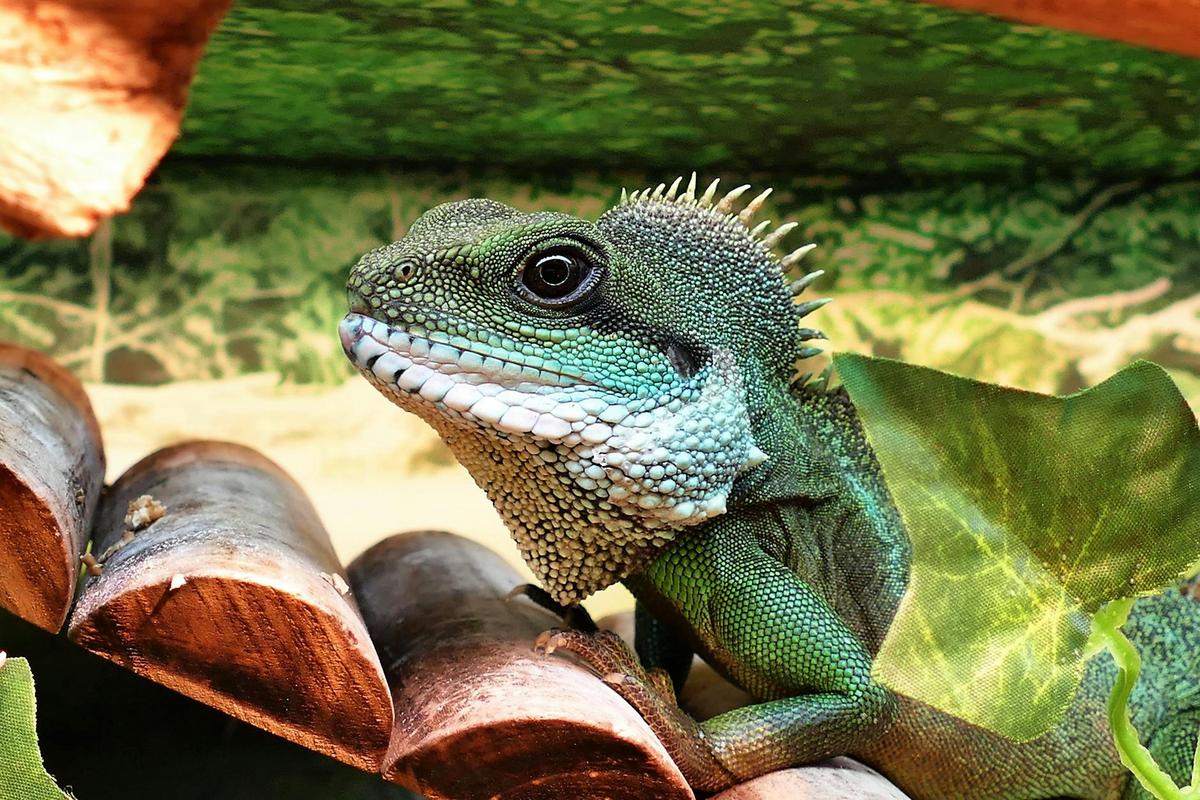
Understanding Cat Behavior: What Your Feline Friend Is Telling You
Cats have long intrigued us with their enigmatic behaviors, and understanding these actions can deepen the bond between feline companions and their human friends.
Decoding Cat Behavior
Every swish of a tail or purr has a meaning, and as cat owners, it’s essential to comprehend these subtle cues. Cats communicate through various behaviors, each with its own significance.
Expert Insights
According to renowned feline behaviorist Dr. John Bradshaw, cats have retained much of their wild ancestry, influencing their behavior today. He suggests that understanding these instincts can help in interpreting cat actions more accurately.
Common Cat Behaviors
| Behavior | Meaning |
|---|---|
| Purring | Usually indicates contentment, but can also signal distress or pain. |
| Kneading | A sign of comfort, reminiscent of kittenhood when nursing. |
| Tail Position | A raised tail shows happiness, while a low tail can indicate fear or aggression. |
| Slow Blinking | Often seen as a sign of trust and affection towards humans. |
| Hissing | A clear signal of fear, stress, or a request for personal space. |
| Rubbing | Marking territory with scent glands located around the face. |
| Grooming | Self-care or social bonding when done to another cat. |
| Scratching | Maintaining claws, marking territory, and stretching muscles. |
Research Highlights
Recent studies from various animal behavior institutes suggest that cats have a complex social structure, contrary to the belief that they are entirely solitary creatures. These findings highlight the importance of social interaction for cats.
Personal Experiences
Emily, a lifelong cat owner, recalls how her cat, Whiskers, would always slowly blink at her, a gesture she now understands as a sign of affection. Recognizing this behavior has strengthened their bond over the years.
Actionable Tips
- Observe your cat’s body language to better understand their mood.
- Provide plenty of interactive play to satisfy their hunting instincts.
- Ensure they have personal space to retreat to when needed.
Pro Tip: A slow blink from your cat is like a ‘kitty kiss.’ Try returning the gesture to build trust and affection.
Conclusion
Understanding cat behavior is not just about observation but also about creating a harmonious environment for your feline friend. By paying attention to their actions, you can enrich their lives and foster a deeper connection.
FAQs
Why does my cat purr when I pet them?
Cats often purr as a sign of contentment when being petted, although it can also be a self-soothing mechanism in stressful situations.
Is kneading a sign of affection?
Yes, kneading is a comforting behavior that cats often perform when they feel safe and content.
What does a cat’s tail position tell me?
A raised tail usually indicates a happy and confident cat, while a tucked tail can signal fear or submission.
How can I tell if my cat is stressed?
Signs of stress in cats include hiding, excessive grooming, and changes in appetite or litter box habits.


